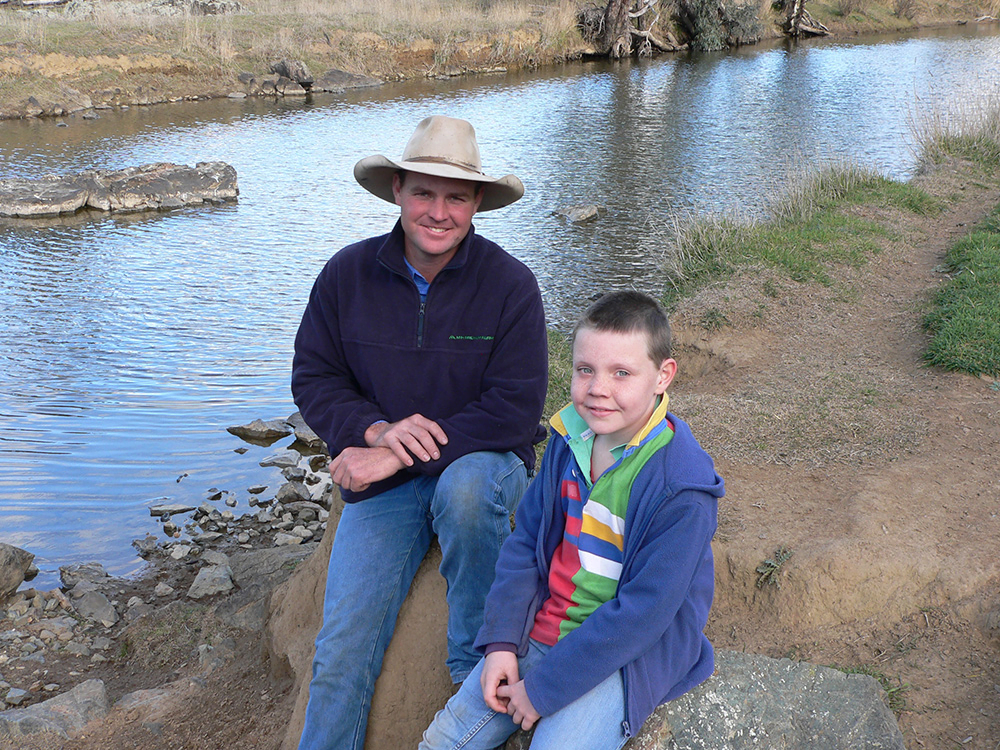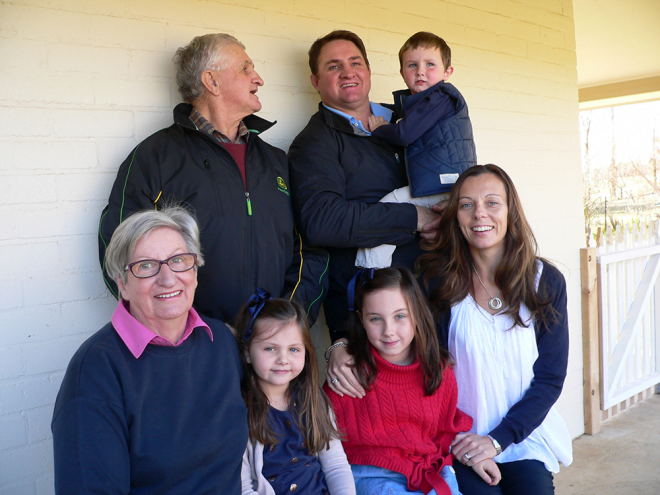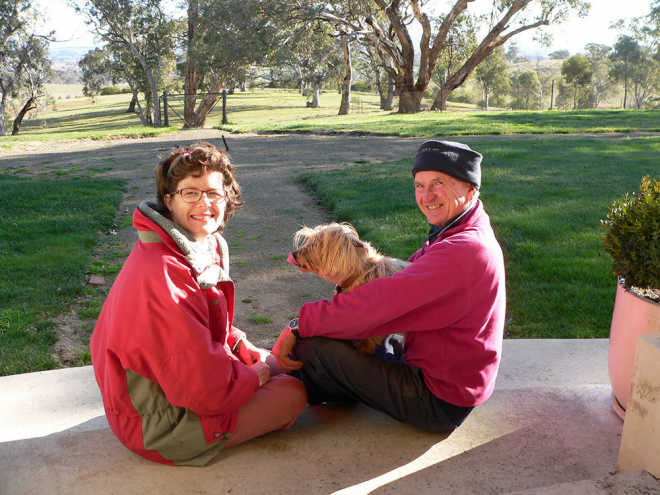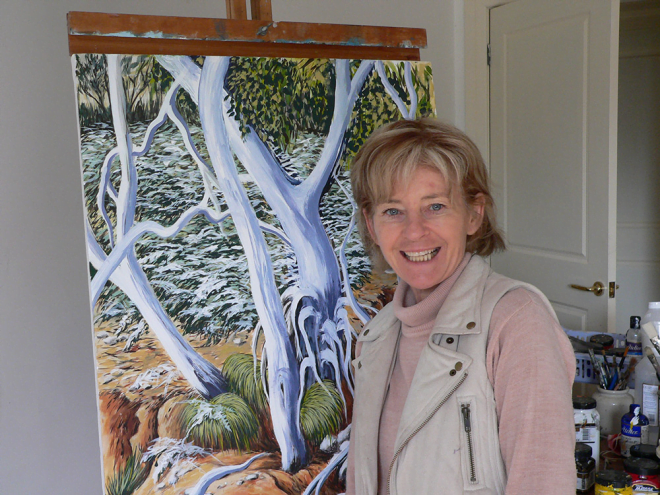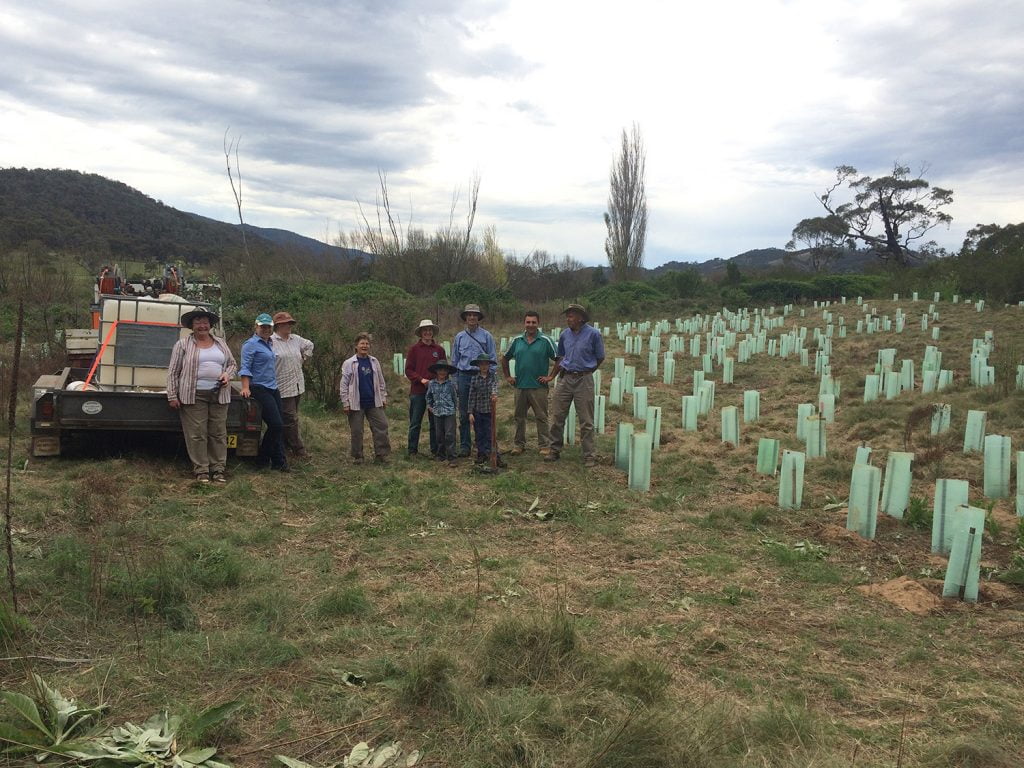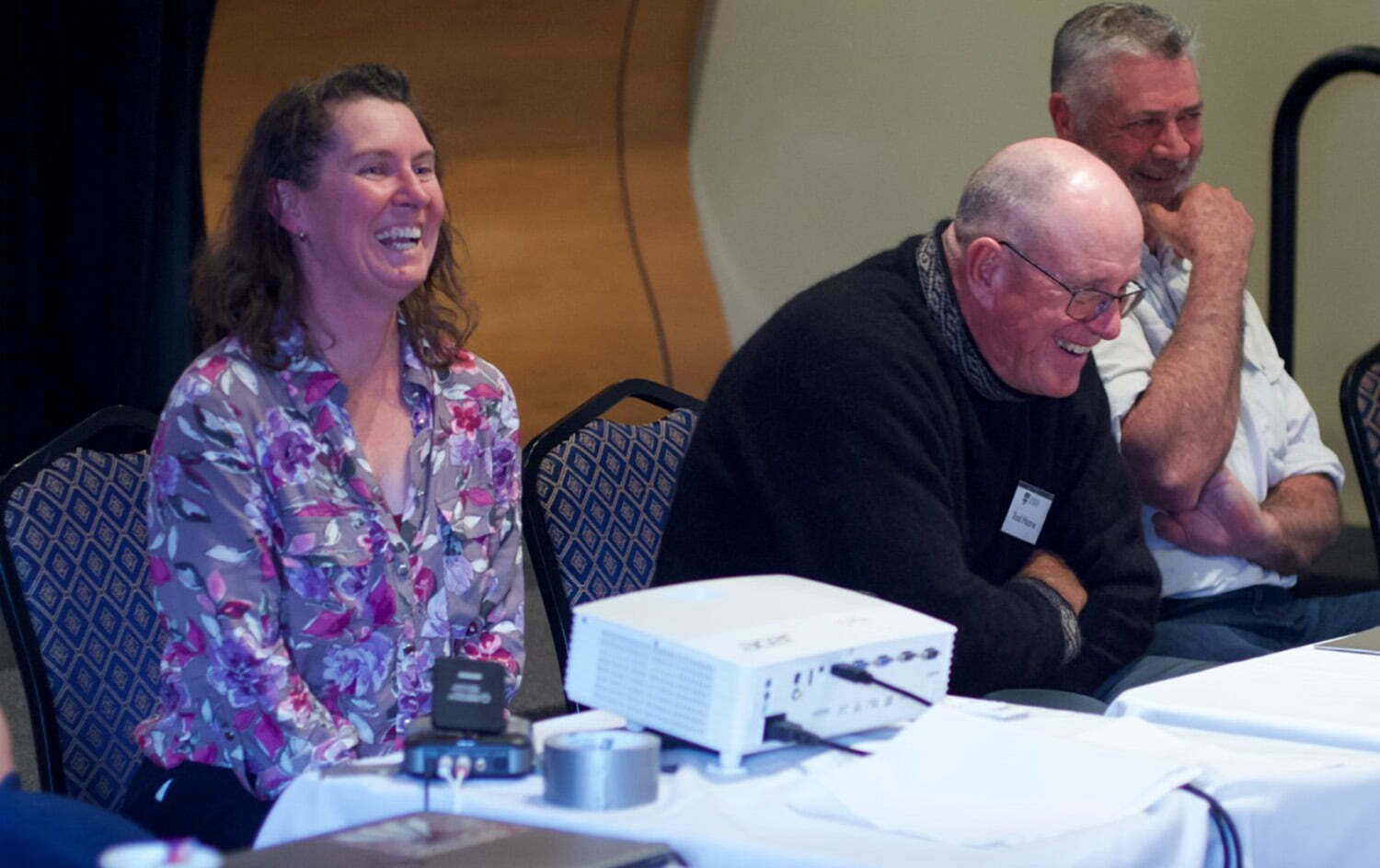
“We cannot accomplish all that we need to do without working together”
– Simon Sinek
When we examine the range of information presented to us in publications and workshops about riparian restoration, we will find details about nitrogen processes, in-stream temperature, sediment moblisation and root tensile strength. This information is important but it can be described as ‘cognitive’, that is, knowledge based on what we define as ‘rational’ or ‘logical’.
While we value this ‘cognitive’ knowledge, at Rivers of Carbon we expand our definition to include other forms of knowledge. This is because the ‘cognitive’ approach to knowledge goes against the reality that most people make decisions on emotional rather than rational grounds. James Raffan argues that we should explicitly recognise this and move to thinking about natural resources management and people’s experiences of it, through the range of senses (sight, smell, touch, feel, hear) and ‘intelligences’ (visual, dance, musical, artistic) that we use to interact with our world. He argues that until we do this, we will fail to engage people in natural resources management because cognitive ‘knowing’ is not personal enough to motivate someone into action. It is only through personal experience that public knowledge becomes meaningful.
At Rivers of Carbon we believe that all people are knowledgeable and, as such, we place the seven step restoration process within a broader Rivers Management Framework called the Five Ps. The Five P’s stand for Profit, Proof, People, Place and Promise, and when we integrate them throughout our work they ensure that as we undertake our seven step restoration process, we do so within the broader context of people’s lives.
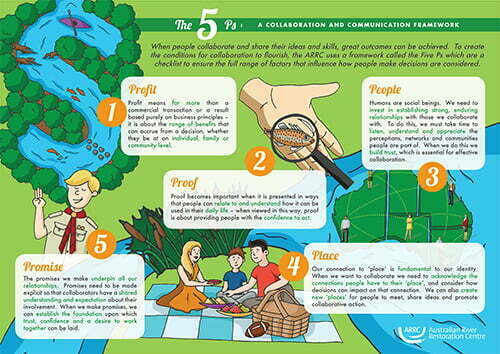
Download the Five Ps framework
This framework can be applied at a number of different levels, from the individual through to an organisation.
Working with landholders to create ‘Rivers of Carbon’
At Rivers of Carbon we believe social capital (made up of people, networks and relationships) and natural capital are mutually supportive and, as such, both need our attention. It is often easier to list the activities we do in relation to protecting and restoring our natural capital, but when it comes to social capital – ourselves, colleagues and communities, we often need reminding. Most important, is acknowledging that the currency of social capital is trust, it underpins everything, and once lost or broken, is very difficult to rebuild. At Rivers of Carbon we place a high value on relationships because, as Margaret Heffernan says:
“Organisations don’t have ideas, only people do. And what motivates people are the bonds of loyalty and trust they develop around each other.”
We feel privileged to work with many different landholders and communities, and appreciate the diversity of experiences they bring to our program. Four of our landholders have shared their stories to show why they do what they do, and what being a part of Rivers of Carbon means to them.
We encourage people to see how we bring our approach together through our ‘Community Conversations’ where we bring scientsts and landholders together to talk about different aspects of riparian management. You can explore some of these events by following the links below, and if you would like to join in please subscribe to the Australian River Restoration Centre’s free monthly email newsletter or follow our Facebook page.
